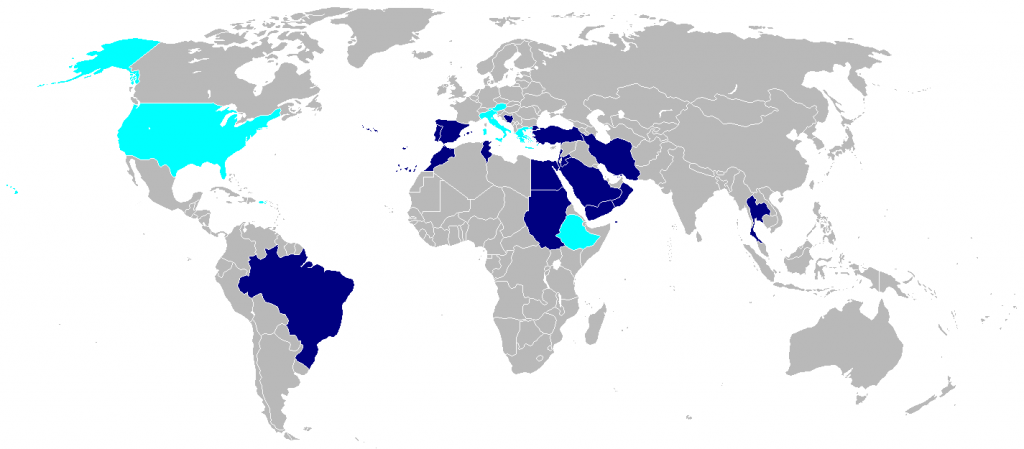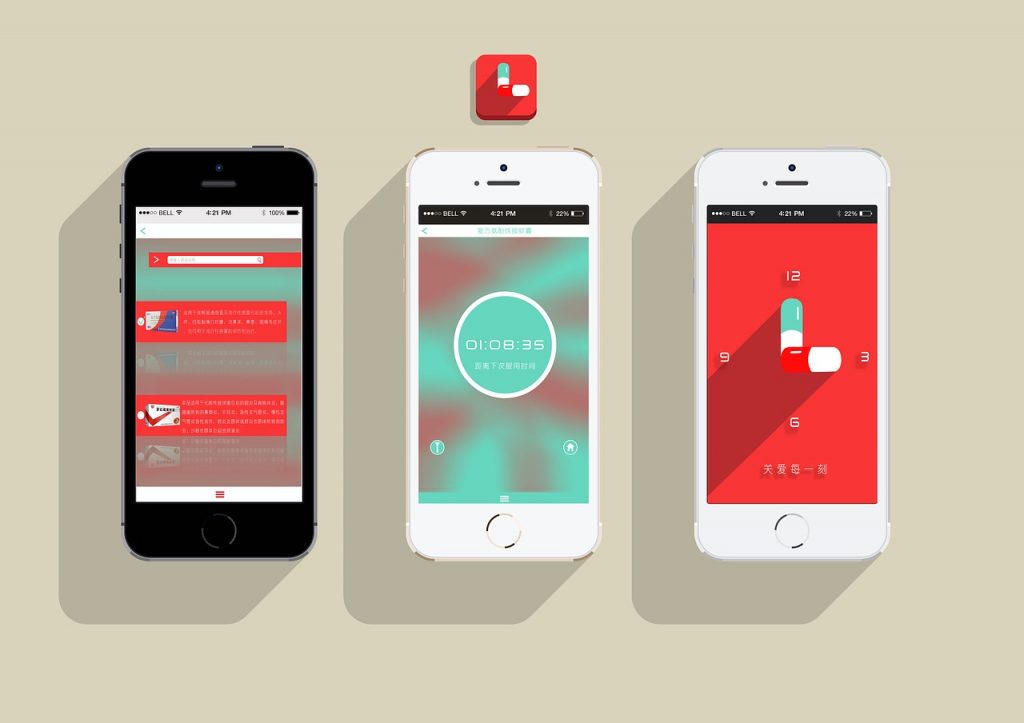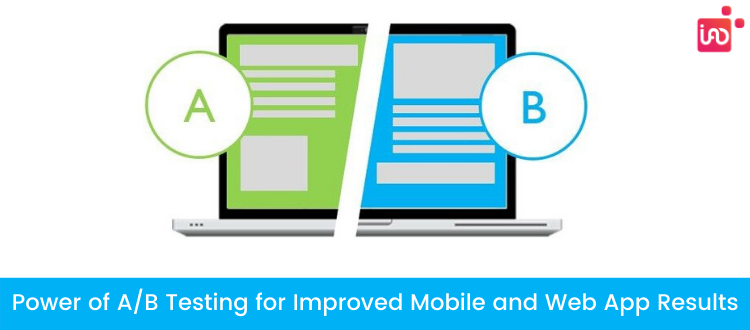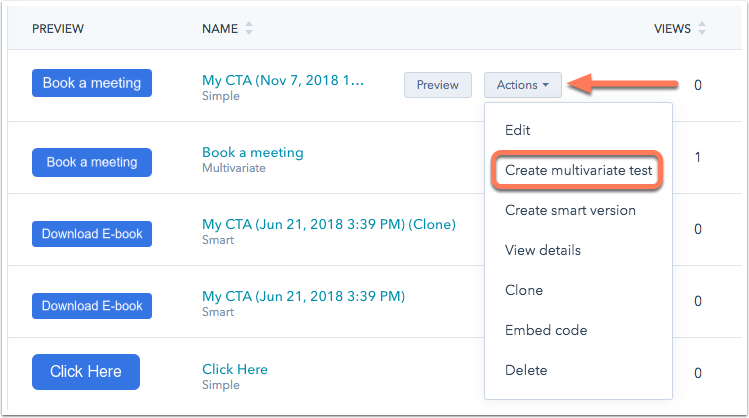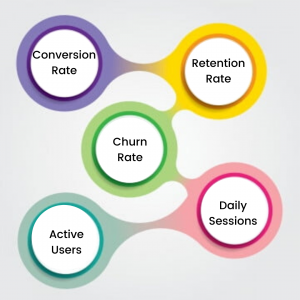Good mobile app architecture is the foundation for the success of any web or mobile application. So it is necessary to ensure that every component in the mobile app architecture should be well-built. Because even a single mistake or smallest problem can hamper the quality of the final product.
Mobile app architecture or can say the skeleton of the program should be appropriate considering business requirements, user experience, and data layers. Any mistake or unavailability of an important element in app architecture can endanger the success of your project. The bigger the size of the application tends to increase complexity to build a high-quality architecture. Proper architecture would not only ensure the success of your mobile application but also will save time, resources and money in the future.
So if you are planning to build a mobile application for your business and want to hire Indian developer to stand out in the crowd. Don’t forget to adopt a proper mobile app architecture. This blog will tell all the important aspects you need to remember while developing a mobile app architecture.
Defining Mobile App Architecture

Mobile app architecture can be understood as a set of techniques and patterns that are required to follow to develop a well structured mobile application considering the client’s requirements and industry standards. Also, you need to consider procedures that work on wireless devices like smartphones and tablets, at the time while developing an architecture for your application.
Mobile app architecture is a combination of multilayers of the following layers: –
- Presentation Layer: The presentation layers comprises UI components and UI process components. It takes care of how the application would appear to an end-user. While designing this layer, the developers should keep its target audience in mind so that the constructed infrastructure is compliant to it. In addition to this, aspects like fonts, color, themes, and others also play a defining role in the construction of the presentation layer.
- Business Layer: Business layer is the core of the mobile app because it mainly focuses on the business front. It comprises business entities, workflows, and business components and can easily be deployed on the backend server and user remotely with the help of mobile applications to reduce the load. It is because mobile devices have limited resources.
- Data Access Layer: Data Access layer consists of data access components, data utilities, and service agents. This layer fulfills all the related requirements of the application and ensures secure data transactions. It is important to design this layer because in the coming future it is expected to scale with the changes made to the business. On the other hand, this layer supports selecting the correct data format along with a strong validation technique. So that your app can be protected from the invalid data insertion. Cyber security also so important for a site, cyber security engineer can help in this very much.
Things to consider while developing mobile app architecture
1. Determining The Device Type
It is one of the important factors that should be considered before developing a mobile app architecture. Because there are a variety of smartphones available in the global market. However, the smartphone type is decided based on the platform or operating system it runs on. There are two highly popular smartphone categories and are different from each other. So it is crucial to decide which platform are you going to target then accordingly develop mobile app architecture. Other than this, we consider the following aspects while determining the :
- CPU Characteristics
- Memory
- Storage Capacity
- Screen Size & Resolution
- Development Tool Framework’s availability
So these are the important factors considered while determining device type before choosing an appropriate mobile app architecture.
2. Think about Bandwidth Scenarios
Considering bandwidth before attempting a mobile app architecture is essential due to reasons because several times we face Scenarios like a low internet connection or no connectivity. So considering the bandwidth or the local area network of the demographic region or can say the region we are targeting for our audience, is mandatory. Because we see sometimes low internet speed makes users frustrated and eventually, they abandon the app. So it is necessary to take the worst possible network into account if you are all set for developing the mobile app architecture.
3. Go with an Optimal Navigation Method
App navigation plays a vital role in the success of a mobile application. So it is necessary to opt for an Optimal navigation method that can easily fulfill the requirements and priorities of customers.
The mobile app navigation has a good impact on user experience while working on it. So going with an Optimal navigation method is the right approach for the success of an application. These are a few navigation methods out of which you can select the optimal one according to your target audience.
- Scroll view
- Single view
- Stacked navigation bar
- Tab controller
- Modular controller
- Search-driven navigation
- Gesture-based navigation
If you want to understand user requirements considering different scenarios, you must follow guidelines.
4. Design interactive and intuitive User Interface (UI)
For the success of an application, there should be an interactive and intuitive user interface. But it doesn’t mean you pour out all your creativity into it. You need to keep things simple so that users can simply interact with the application. So always follow the thumb rule while designing the user interface for an application. Because it supports designing of a highly interactive and intuitive UI.
5. Real-time Updates vs Push Notifications
Real-time updates and push notifications are also the factors that play a vital role in evaluating the success of a mobile app architecture. You have to select one based on your customers’ needs. Real-time updates, however, are an appealing feature but at the same time, it’s quite expensive at the development front. Also, it used to consume the phone’s battery and data. So decide appropriately.
Problems Arise Due to the Ignorance of Mobile App Architecture
The mobile app architecture is a mandatory step to follow if you want to develop a successful application. You can’t miss or make any mistake on this aspect as it is one of the primary steps in the design and development phase of the software. However, it is observed that developers sometimes overlook the concept of architecture due to negligence, rush, lack of experience and knowledge.
Read More: How to Develop Smarter Business Apps with AI?
These are a few problems you face if don’t opt for the right architecture
- Application development and maintenance becomes tedious.
- There’s a high possibility of making errors.
- It’s become hard to read code.
Developing a mobile application without using the right architecture or design patterns causes difficulties in testing source code. Consequently, you will miss out on performing unit tests on the application’s key functionalities. It would result in difficulty while maintaining the application or software. For example, if there would be no regression control then refactoring or fixing bugs, etc. will be hard to handle.
Developing software or application without architecture or design patterns can be understood as a building without foundation. Initially, the developers will experience speed in the process later on it will turn out to be a dead end. Doesn’t matter what’s the size and complexity of your project, if you want to get better results, it is mandatory to implement the right mobile application architecture.
Also Read: What is Sports Management Software?
How to Choose the Best App Architecture?
Choosing the best mobile app architecture can do wonders for your project. But the question arises on how to choose an appropriate app architecture for your mobile app development. These are a few important tips that will help you choose a suitable app architecture.
- If you don’t want to spend more on resources, you can opt for native app development. It not only offers interactive features but also availed apps with excellent performance.
- If you want to serve cross-platform app development users for both the Android and iOS platforms, the native app development is a perfect choice.
- We encourage you to follow the “develop once and run anywhere” approach i.e. you can try various options from mobile web app to a hybrid app or a cross-platform app.
- If you want to attract more customers and avail them with your services, you can go with the combination of native app and web app for app development. The native app offers optimal user experience and increases your business visibility by reaching out to a wide range of audiences.
Conclusion
If you want to develop a successful mobile application, considering the best suited mobile app architecture is important. Because it is the backbone of any mobile app and offers applications with outstanding features, functionality and user experience.
Sometimes businesses won’t be able to decide which mobile app architecture or design pattern will be suitable according to their business. So, you can consult a leading Android or iPhone app development company in India or hire an Indian app developer to get suggestions, which will not only be beneficial for your mobile application but also will help in growing your business online visibility.
“Are you looking for Android or iPhone app development in India? Want to build an application that stands out in the crowd? You can hire Indian app developers for your mobile app development requisite”

My name is Nicolas Thomas. I am Managing Director and Co-Founder of Indian App Developer, leading Software and Mobile App Development Company India. My ideology is that a clear vision and hard work build a great company. I started my career in Information and Technology 10 years back as a new-age Entrepreneur in emerging digital India.






